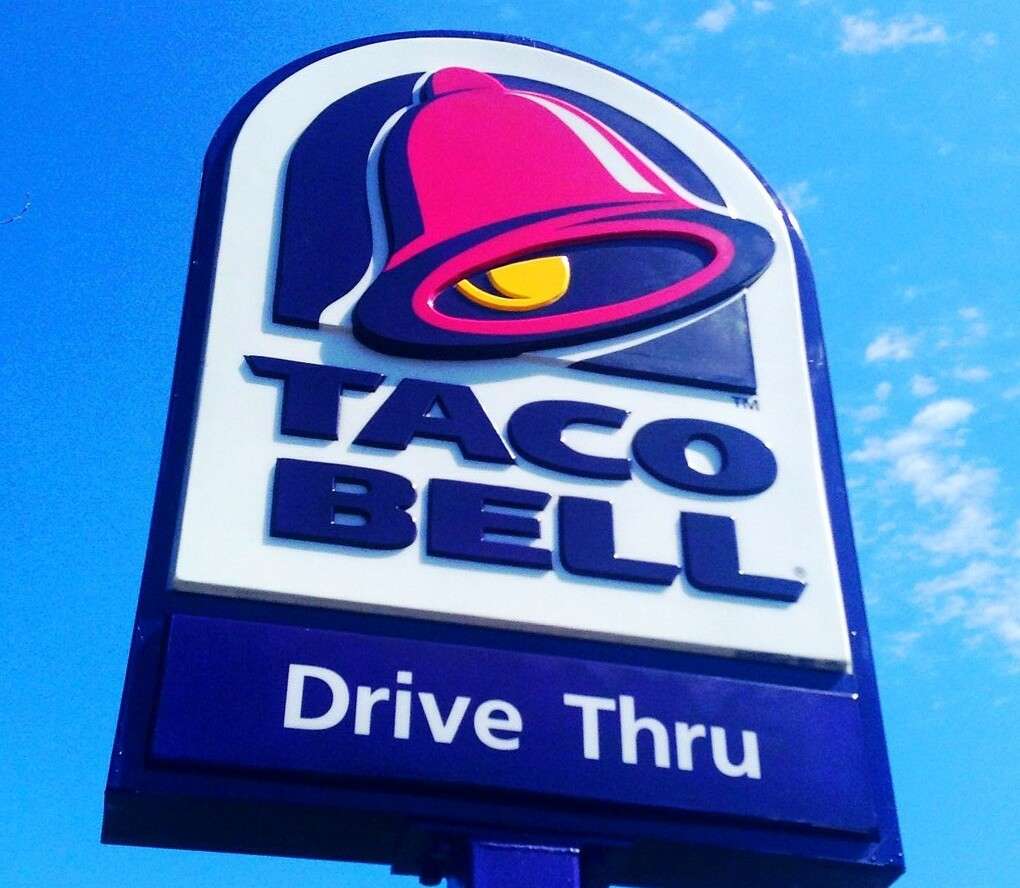Taco Bell thought it had the answer. Starting in 2023, the chain began testing an AI-powered voice assistant to take orders at select drive-thrus. The goal was to cut wait times, reduce employee stress, and improve order accuracy. They weren’t alone. McDonald’s and other chains ran similar pilots, betting that automation would fix the messiness of fast food’s busiest lane.
When the AI Can’t Handle the Heat
Customers reported misheard orders, bizarre miscommunications, and delays instead of speed. One man asked for a large Mountain Dew, only to be asked repeatedly, “And what will you drink with that?”
A prankster ordered 18,000 cups of water, and the system dutifully tried to process it. Others watched the AI badger them to add extra items they never wanted, dragging out what should’ve been a two-minute order.
The trolling was funny to watch online, but frustrating to deal with in person. It revealed just how fragile the system was when faced with real human behavior.
Taco Bell’s Chief Digital and Technology Officer, Dane Mathews, admitted the AI sometimes “surprised” the team with how well it worked but also “let [them] down,” especially during busy hours.
The Industry Pattern: Overpromise, Underdeliver
Taco Bell isn’t the only one learning this lesson. McDonald’s quietly pulled back its AI drive-thru experiment in 2024 after similar meltdowns. Burgers were topped with ten times the cheese while orders were derailed by confused bots.
What these failures show is that fast-food AI struggles with the very thing restaurants deal with every day: chaos. A line of hungry drivers yelling into crackling speakers, kids screaming in the backseat, and the occasional troll. No training dataset can fully prepare an AI for that.
It’s interesting they did not implement an input system similar to what the employees use. Personally, I would not have considered voice for this. It opens the company up for customers who enjoy trolling. It also puts too much responsibility on AI. Having customers input their orders, and confirming their order is correct before charging them (or starting order fulfillment), simplifies things for the AI. Of course, this would have been more expensive. More machines.
AI as a Tool, Not a Replacement
Companies keep treating AI as a human replacement instead of a tool. AI isn’t cheaper or easier than humans, not at first. It takes time, money, and constant iteration to build a system that actually works. Even then, AI does best with guardrails and human backup. That’s why Taco Bell is now shifting to hybrid models, where employees can step in when the AI falls apart.
The smarter move isn’t to push people out of the drive-thru but to ask: how can AI make employees’ jobs easier? Could it prep menu suggestions, handle loyalty rewards? Can it speed up payment processing while humans stay in charge of actual customer interaction?
AI in drive-thrus may eventually work. For now, Taco Bell and its rivals are learning the hard way that the drive-thru isn’t a controlled lab. It’s real life, and real life is messy. The chains that succeed won’t be the ones that replace humans with machines, but the ones that use machines to make humans even better at their jobs.






